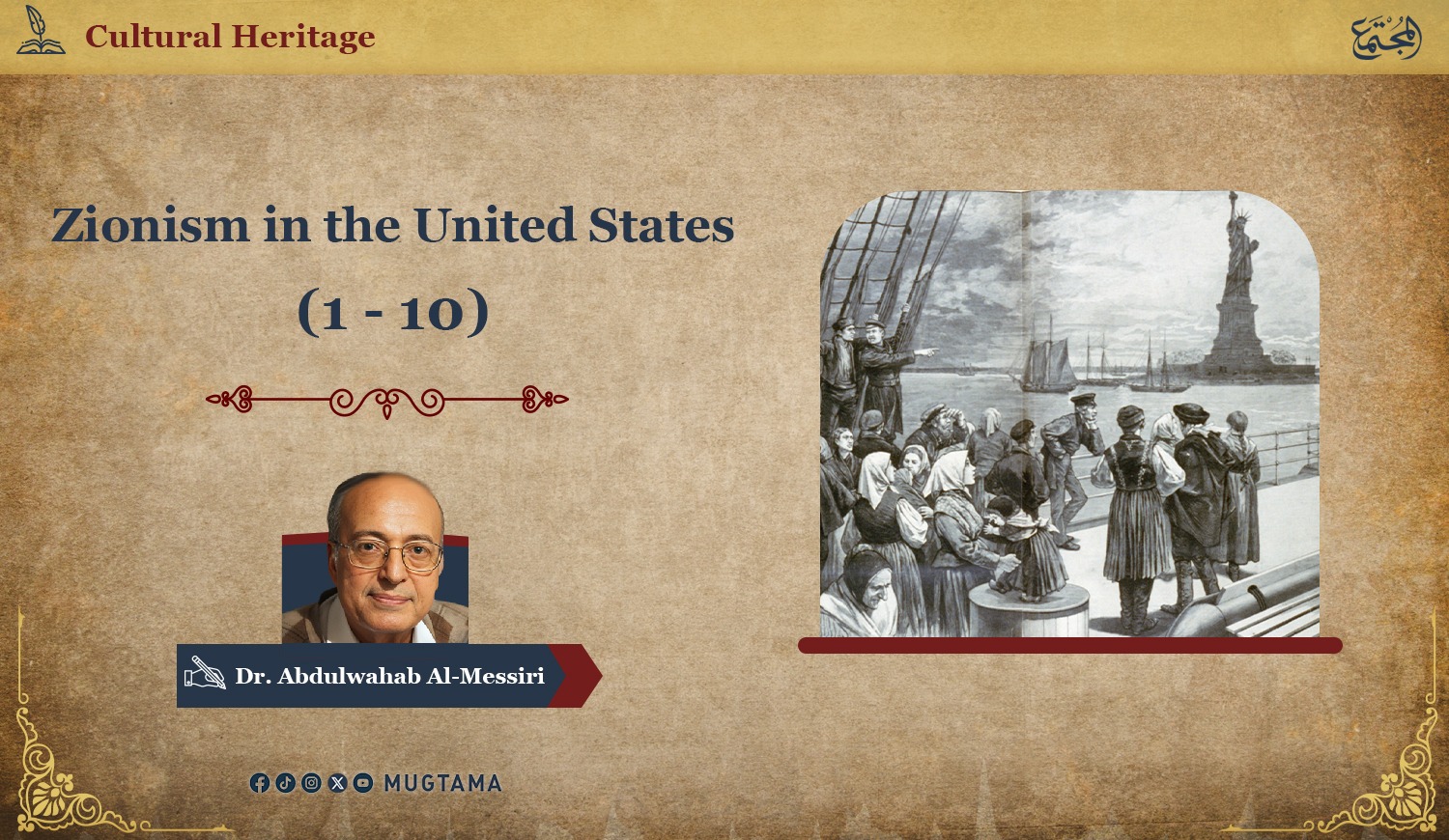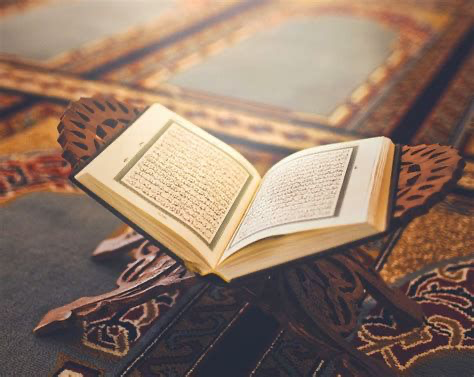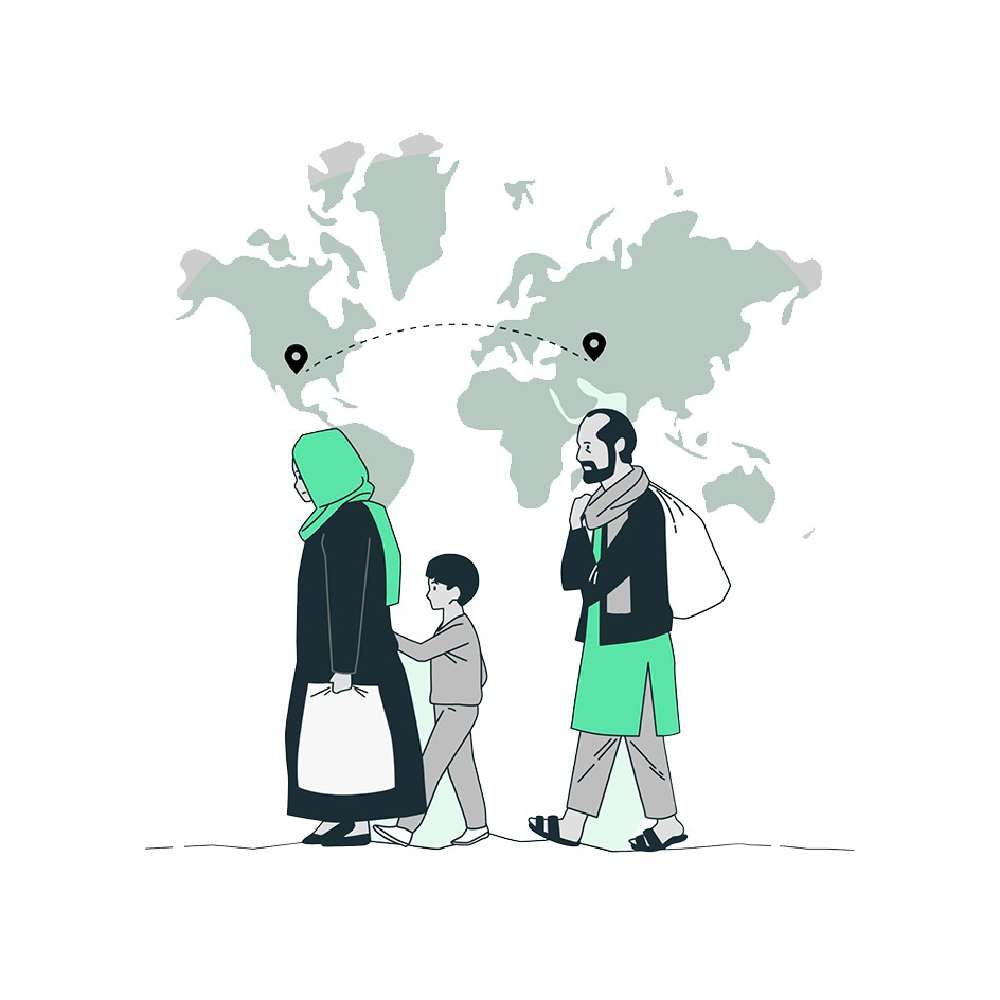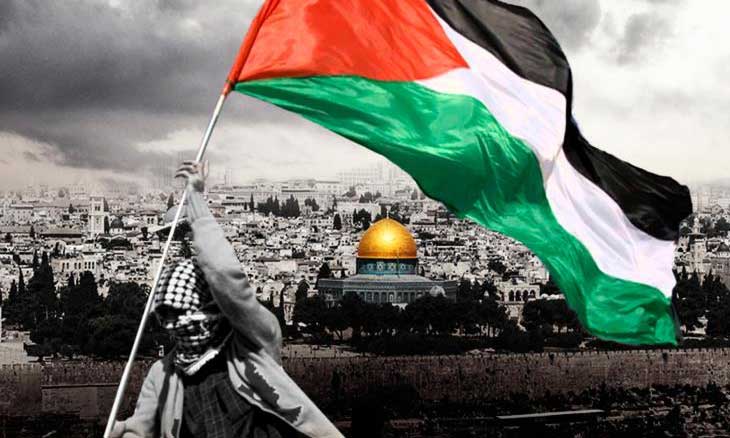Zionism in the United States (1/10)

The Zionist movement refers to itself as the “World Zionist Organization” and “Global Zionism.” Zionism, as previously mentioned, is primarily a Western phenomenon, as it is virtually unknown among the peoples of Asia and Africa for the simple reason that there are no Jewish communities in those regions. It has since become primarily an American phenomenon for two reasons: the United States hosts the largest and most powerful Jewish community in the world, and the U.S. itself is the imperial patron of the Zionist enclave. In this section, we will explore the various Zionist organizations in the United States.
American Zionist Federation
The “American Zionist Federation” is the
umbrella organization that includes all Zionist organizations in the United
States. It was established in 1970 based on a resolution issued by the 27th
Zionist Congress (1968), which called for strengthening the Zionist movement by
establishing national Zionist organizations or federations in all countries.
Its roots go back to the Emergency Committee for Zionist Affairs, founded in
1939 to unify the efforts of Zionist organizations to pressure the U.S.
government in favor of the Zionist project in Palestine. It was reorganized in
1943 as the “American Zionist Emergency Council” under the leadership of Abba
Hillel Silver. Then, in 1949, it became the American Zionist Council, acting as
the coordinating body for American Zionist organizations.
The American Zionist Federation supports
Zionist efforts in communal, public, educational, youth, and immigration
affairs related to Israel. It works to cultivate interest in what is referred
to as “Jewish culture” among Jewish community members in the U.S. and to
reinforce their commitment to Zionist goals as outlined in the Jerusalem
Program. The Federation also works to reach the non-Jewish American public to
promote Israel, assert the alignment of American and Israeli interests, and
effectively respond to criticisms. Lastly, it directs its members through media
campaigns regarding issues affecting Israel or Zionism.
Objectives and Activities
The Federation sponsors programs aiming to
strengthen the bond between the Jewish community in the U.S. and Israel. These
programs include exchange visits by academics, educators, journalists,
businessmen, clergy, and other community segments. The Federation also
organizes conferences, markets, and exhibitions to encourage immigration to
Israel. It has a particular interest in the academic sector, having established
a Zionist Academic Council whose goal is to recruit university professors
across the U.S. in service of Israel and Zionism.
Like other American Zionist organizations,
the Federation suffers from a general decline in importance and effectiveness.
There is no longer a clear distinction between Zionist and non-Zionist
organizations in the U.S.; in fact, the latter enjoy greater organizational
experience and a broader popular base. As a result, they have taken over the
roles of promoting Israel, defending it, fundraising for it, and lobbying on
its behalf. In addition, the legitimacy of territorial (non-immigrant) Zionists
has eroded due to their failure to immigrate to Israel, alongside debates over
the very nature of Zionism and the general erosion of Zionist thought.
The American Zionist Federation is a
tax-exempt organization that includes 61 Zionist organizations and youth
movements. Membership is also open to Jewish non-Zionist organizations and
institutions. These fall into two additional categories:
1. Affiliated organizations that accept the Jerusalem Program even if their
members are not necessarily Zionists.
2. Associated organizations, which are national institutions with a Zionist
orientation and have historically had actual ties with the Zionist movement.
In 1983, the Federation estimated its
membership at over one million members.
The sixteen member organizations of the
Federation include:
- The American Zionist Youth Council
- The American Jewish League for Israel
- Amit Women in America (formerly Mizrachi Women)
- Americans for Progressive Israel
- B’nai Zion
- Emunah Women
- Hadassah
- Mercaz (Zionist arm of Conservative Judaism)
- Labor Zionist Alliance
- North American Aliyah Movement
- Pioneer Women (Na’amat)
- Association of Reform Zionists of America
- Religious Zionists of America
- Herut
- Zionist Organization of America
- Zionist Student Movement
There are three affiliated organizations:
- American Sephardi Federation
- Association of Parents of American Israelis
- League of Women for Israel
And two associated organizations:
- American Zionist Youth Foundation
- Jewish National Fund
In February 1993, the Federation decided to
change its name to the American Zionist Movement.
American Zionist Movement
The “American Zionist Movement” is the new
name for the American Zionist Federation (since February 1993). This change
only adds to the ambiguity and obfuscation, as the term “movement” in all
political literature does not typically refer to a specific regional
organization.
Zionist Organization of America
Founding and Early Years
The Zionist Organization of America (ZOA)
was established in 1898 under the name “Federation of American Zionists”
following the convening of the First Zionist Congress in 1897. Richard Gottheil
was elected president, and Rabbi Stephen Wise served as honorary secretary. The
organization started off weak and struggled to assert central authority over
its affiliated Zionist groups due to internal conflicts between its
leadership—drawn from the Americanized Jewish bourgeoisie of German origin—and
its base of poor Jewish immigrants from Eastern Europe with Yiddish culture.
Activities Before World War I
The organization focused on Zionist
propaganda and launched in 1901 the first official Zionist magazine in English,
followed by a Yiddish newspaper in 1909. It also established Zionist
institutes, paid attention to youth and Hebrew language education, and
supported the Jewish National Fund and the Jewish Colonial Trust. It also
opposed anti-Zionist Jewish American elements, mainly represented by the Reform
Jewish movement.
World War I and the Brandeis Era
With the outbreak of World War I, the
center of Zionist activity shifted to the U.S., and in 1914, the Provisional
Executive Committee for General Zionist Affairs was established under Louis
Brandeis’s leadership. It led most of the Zionist activity in the U.S. during
the war and established a fund to support Jewish settlement in Palestine and
aid Jewish war victims in Europe. It also proposed the establishment of the
American Jewish Congress.
After the war, this committee merged with
the Federation of American Zionists to form the Zionist Organization of America
under Brandeis’s honorary presidency. It was to be a central organization run
by a national office and based on individual membership. Brandeis believed the
organization’s main role was fundraising by attracting private capital to fund
specific projects in Palestine. He was skeptical about the effectiveness of
establishing the Jewish Foundation Fund, which European Zionist leaders—especially
Chaim Weizmann—favored.
This disagreement, along with his
ideological conflict with Weizmann over the nature of Zionism, led to Brandeis
and his supporters withdrawing from the organization during the 1921
conference. After that, the organization focused on fundraising but did not
achieve notable success. It opposed the relief campaigns of other American
Jewish organizations that aimed to settle Russian Jews in Crimea and Ukraine in
the Soviet Union.
Consequently, the ZOA participated in
unifying Zionist fundraising efforts under one umbrella: the United Palestine
Appeal in 1924.
World War II and Postwar Activities
Nevertheless, the organization remained
unattractive to many, with membership falling from 149,000 in 1918 (a year
after the Balfour Declaration) to 18,000 in 1929. After the outbreak of World
War II, the organization participated in unifying the efforts of major Zionist
organizations to establish a Jewish Commonwealth in Palestine. It helped found
the 1942 Biltmore Program and had previously participated in founding the
Emergency Committee for Zionist Affairs in 1939, which became the American
Zionist Emergency Council in 1943 and then the American Zionist Council in
1949—serving as a coordinated body for the major Zionist organizations in the
U.S.
The organization’s activities and
membership increased under the leadership of Abba Hillel Silver (1945–1947) and
Emanuel Neumann (1947–1949). Both were members of the U.S. section of the
Jewish Agency in 1947 and 1948 and were active in lobbying the U.S. government
to support the 1947 UN Partition Plan for Palestine.
Read Also: The intellectual foundation of Zionist racism against
Jews and Arabs (1 - 4)
-------------------------------------------------------------
-
Book: “The Encyclopedia
of the Jews, Judaism, and Zionism”










